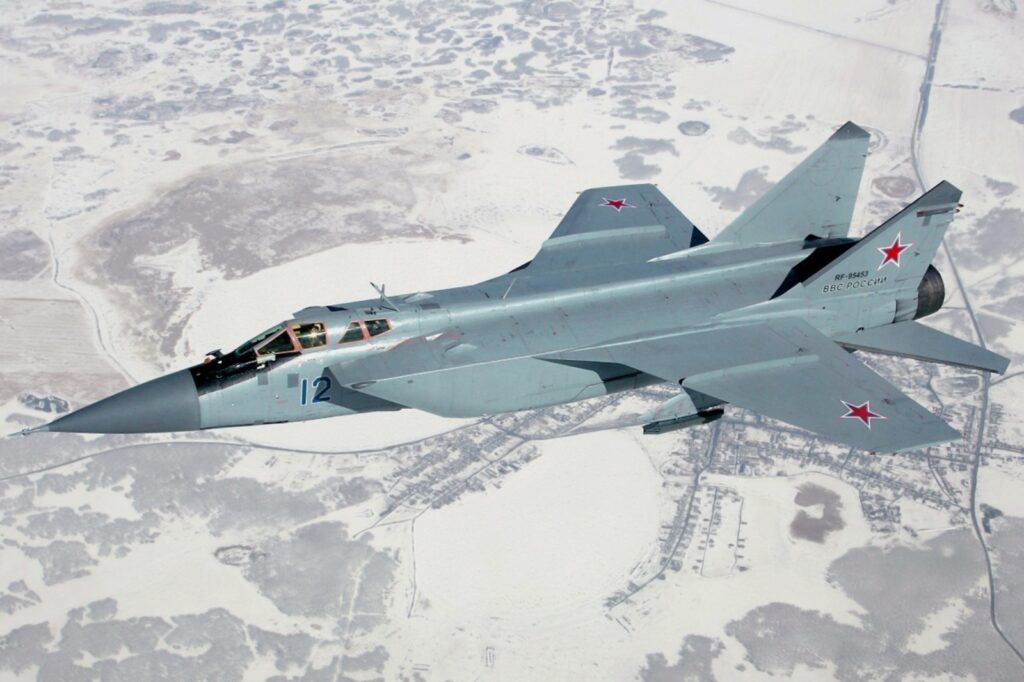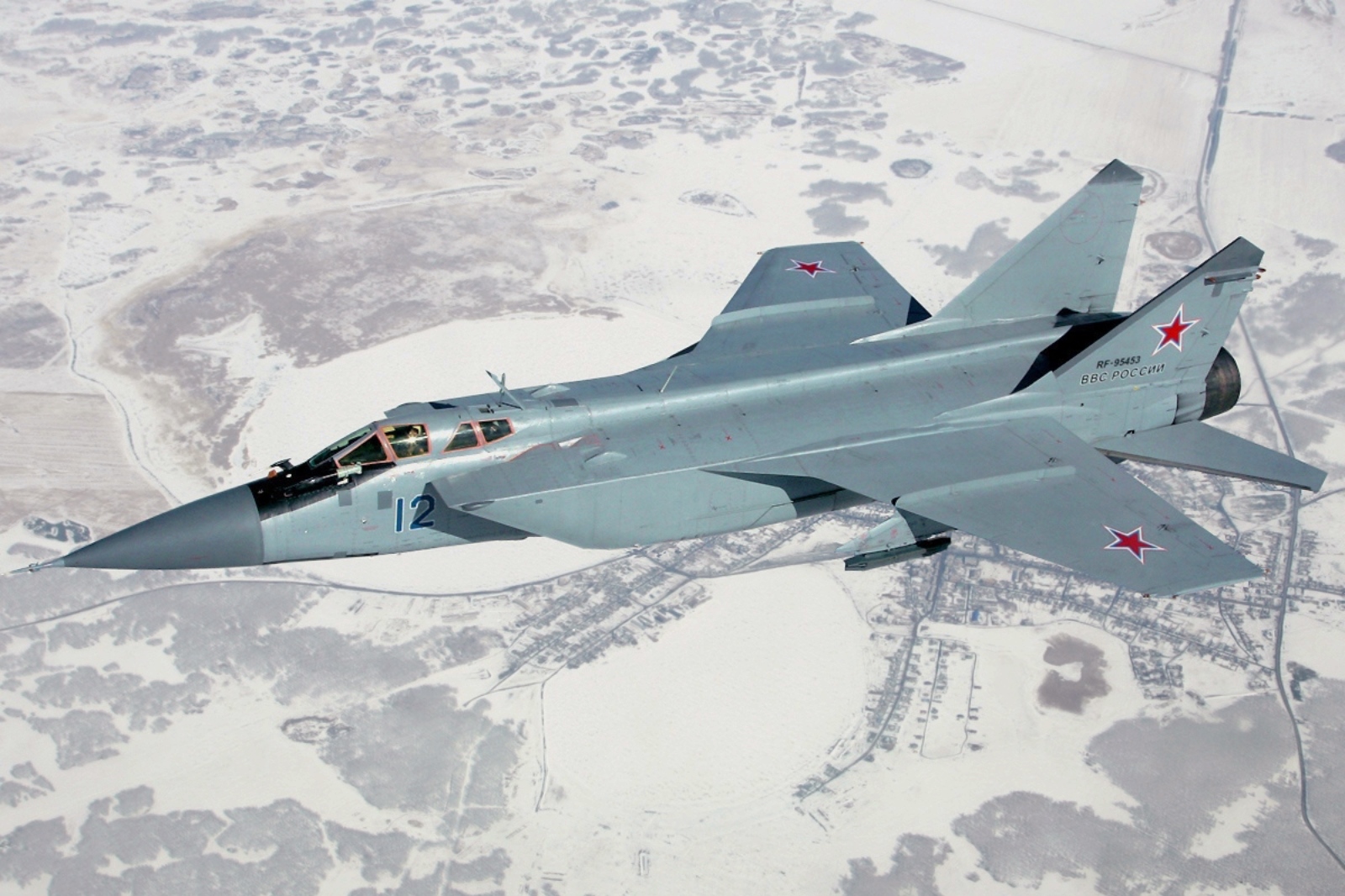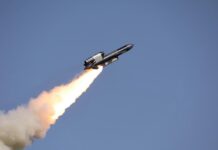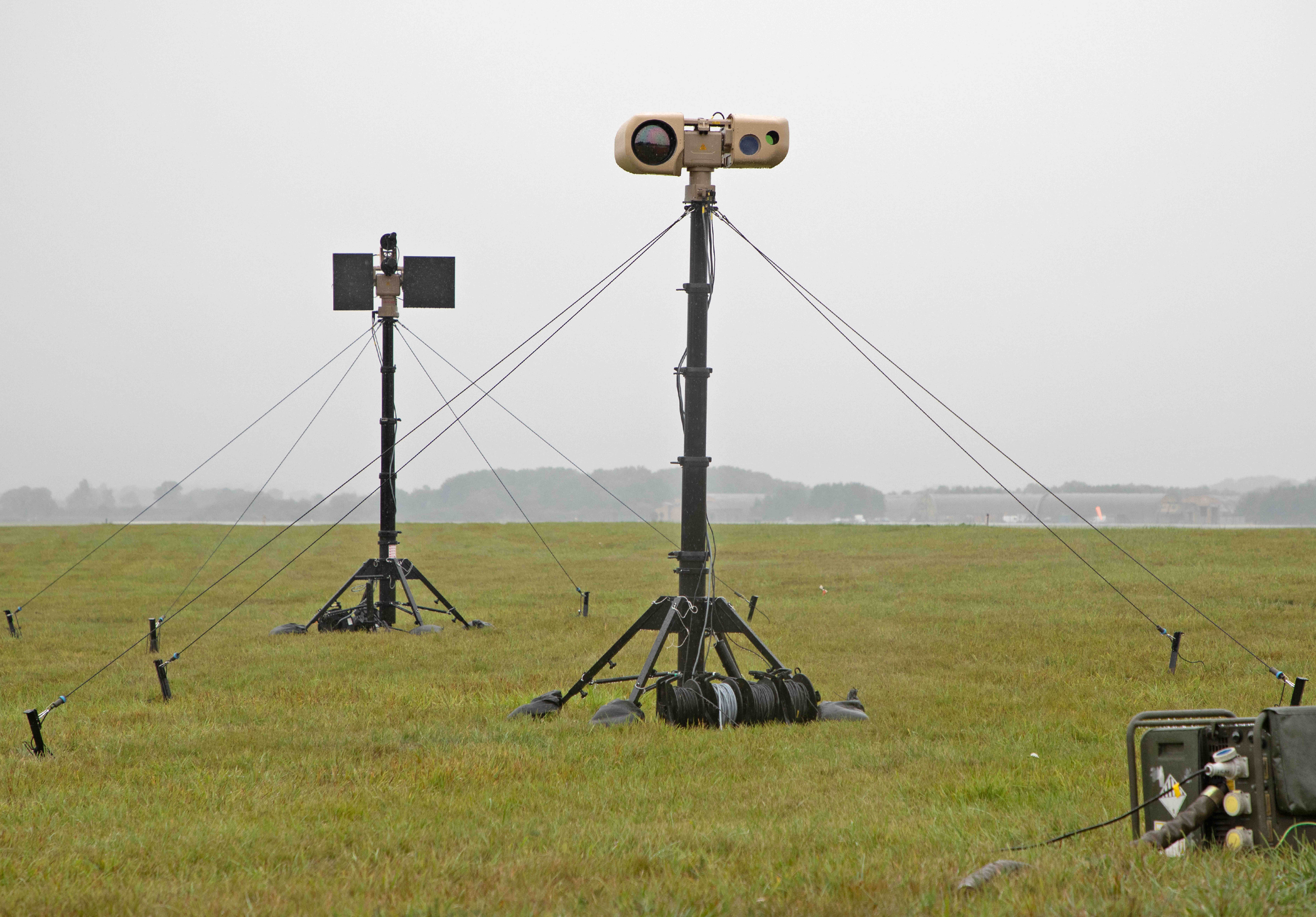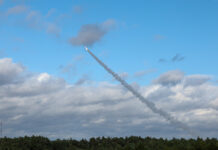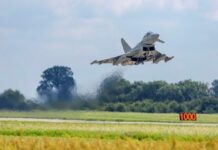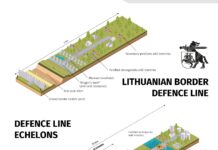On 19 September 2025 Estonia became the third NATO nation in 10 days to suffer an airspace violation at the hands of Russian forces when three Russian MiG-31 ‘Foxhound’ fighters entered Estonian airspace “without permission and remained there for a total of 12 minutes” over the Gulf of Finland, the Estonian government stated.
As a consequence Estonia became the second NATO country in that timespan to invoke NATO’s Article 4, under which alliance members can bring any issue of concern, especially related to the security of a member country, to the table for discussion within the North Atlantic Council.
The Estonian airspace incursion followed Polish airspace being violated 19 times on the night of 9/10 September by Russian drones during a heavy air raid on Ukraine – which prompted Poland to invoke NATO’s Article 4 – and then Romanian airspace being violated by a Russian Geran drone on 13 September.
On 12 September, in response to the initial Russian drone incursion over Poland, NATO launched its ‘Eastern Sentry’ mission: a military activity aimed at bolstering NATO’s posture to the east. This involves “a range of Allied assets” and features “both traditional capabilities and novel technologies, including elements designed to address challenges associated with drones”, according a report on the NATO website.
On its website the Estonian government described the 19 September incident as follows: “The Russian aircraft entered Estonian airspace from the northeast. Over the Gulf of Finland they were intercepted by Finnish jets. Once inside Estonian airspace, Italian Air Force F-35s deployed at Ämari under NATO’s Baltic Air Policing mission took over and escorted the Russian aircraft out of Estonian airspace. The Russian planes had no flight plans, their transponders were switched off, and at the time of the violation they also lacked two-way radio communication with Estonian air traffic control.”
NATO’s Baltic Air Policing mission was first stood up in 2004 when Estonia, Latvia and Lithuania – which do not possess their own fighters – joined NATO, but the mission has been strengthened since the start of the Ukraine War.
NATO Secretary General Mark Rutte stated that the alliance’s “response under Eastern Sentry was quick and decisive”.
Estonian Prime Minister Kristen Michal was quoted by the Estonian government as asserting that such a provocative act by Russia shows that its war of aggression against Ukraine is not proceeding as planned and that “the aim is to draw attention and assistance away from Ukraine by forcing NATO countries to focus more on the defence of their own territories”.
Estonian Defence Minister Hanno Pevkur stated, “Russia continues its war in Ukraine and is acting with increasing aggressiveness toward Estonia and NATO’s entire eastern flank, as recent events in Poland and Romania also illustrate. NATO’s defence mechanisms worked. The Alliance responded decisively, with Italian fighters stationed in Estonia scrambling immediately and forcing the intruders out of Estonian airspace. This incident underscores the importance of NATO’s recently launched vigilance measure Eastern Sentry, which must strengthen Allied air defence across the entire eastern flank.”
Russia has rejected Estonia’s version of events, with Kremlin spokesman Dmitry Peskov stating on 22 September that Russia’s military operates “strictly within the confines of international law, including those pertaining to flights”. He described Estonia’s version of events as “empty, unfounded and a continuation of the country’s utterly unstoppable policy of escalating tensions and provoking a confrontational atmosphere”.
While there have been previous Russian violations of Estonian airspace, an incursion lasting 12 minutes is unprecedented and unlikely to be accidental.
In an interview with the BBC on 20 September Estonian Foreign Minister Margus Tsahkna said the Russian incursion “was a very clear provocation; it was definitely meant like this”. The consensus among the NATO allies is that Russia is methodically ramping up provocations intended to test and potentially undermine NATO’s defences, but this could end up being a high-risk game. Almost 10 years ago, on 24 November 2015, a Russian Su-24M attack aircraft violated Turkish airspace near the country’s border with Syria. Having ignored repeated warnings to change course, the Su-24M was shot down by a Turkish F-16 and, while the two aircrew managed to eject, the pilot was killed by ground fire from Syrian rebels while descending by parachute.
